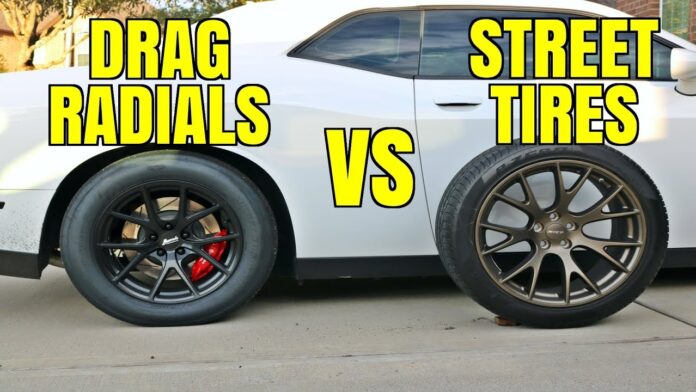For serious racing enthusiasts, drag radials are the way to go regarding racing tires. They are a particular type of tire made for drag racing. These tires offer better traction, handling, and performance on short tracks compared to street tires. However, there are some drawbacks to using Drag radials in Australia since they aren’t designed for everyday use or long distances; driving in them can also be rough on your car.
This is likely due to several factors: Australians’ interest in performance vehicles and their desire to drive safely and economically.
A particular type of tire made for drag racing
Drag Radials are a particular type of tire made for drag racing. To jack up your car’s traction and make it easier to accelerate from a dead stop, they have a tread pattern designed to maximise traction. They’re also more comprehensive than street tires and designed to run at higher pressures (35 psi or higher).
The Australian market for Drag radials in Australia has proliferated over the past decade, according to a recent report by the International Tyre and Rubber Manufacturers’ Association (IRMA). In fact, in 2016 alone, sales grew by 19%.
Pros
While street radials are a little pricier than standard tires, they provide several advantages over their conventional counterparts.
· Better traction: You’ll get better traction and performance from wearing your car out in the corners.
· More entertainment: Your car will be able to corner harder, accelerate quicker, and brake faster—all of which can lead to some severe fun driving around town!
· Performance: With a better grip on dry pavement and less friction on wet surfaces (due to the tire’s softer compound), they also offer more performance than traditional all-season tires.
Entertainment and Performance
When it comes to them, the main benefit is that they give you the best performance possible. For example, if you want to go as fast as possible in a straight line and don’t care about comfort or longevity, these tires are for you. They’re not designed for the street and shouldn’t be used there—they’re built strictly for use on a track where cars run in a straight line (only turning left or right).
The phrase “drag racing” isn’t entirely accurate here because it doesn’t apply to all forms of tires; some are designed specifically for racing, while others are designed purely for speed runs. However, most people use both terms interchangeably when discussing this type of tire.
Better Traction
Traction is its primary function. Drag tires must stick to the pavement or fail to transfer power from the engine to the wheel. For this reason, these are often made with tough and durable rubber compounds that will not wear down quickly.
Ride Quality
These tyres are designed to maximise traction. For this reason, they’re as complex and broad as possible. The sidewall is stiffer than you might expect from a street tire, which can make for a less comfortable ride on smooth pavement but will help the tires dig in more when you need it most—like when approaching corners or braking at high speeds.
Price
The first thing to consider is the price. They are expensive and will cost you around $1,000 or more for four tires. You’ll need a set of four so you can rotate them properly and not wear them out prematurely. While they’re great for racing, they’re not street-legal and cannot be used on public roads.
For serious racing enthusiasts, drag radials are the way to go
These tires have very sticky compounds that help your car stay on track. This makes them ideal for racing where traction is essential, but they can also be more challenging to control than other tires. These tyres are also more expensive than street tires and have higher rolling resistance, affecting fuel economy.
They are a unique breed of the tire. While they can be used on the streets, they’re not precisely street tires. They’re also more likely than other tires to hydroplane during wet weather conditions—so if that sounds like fun, go ahead and try them out!
































